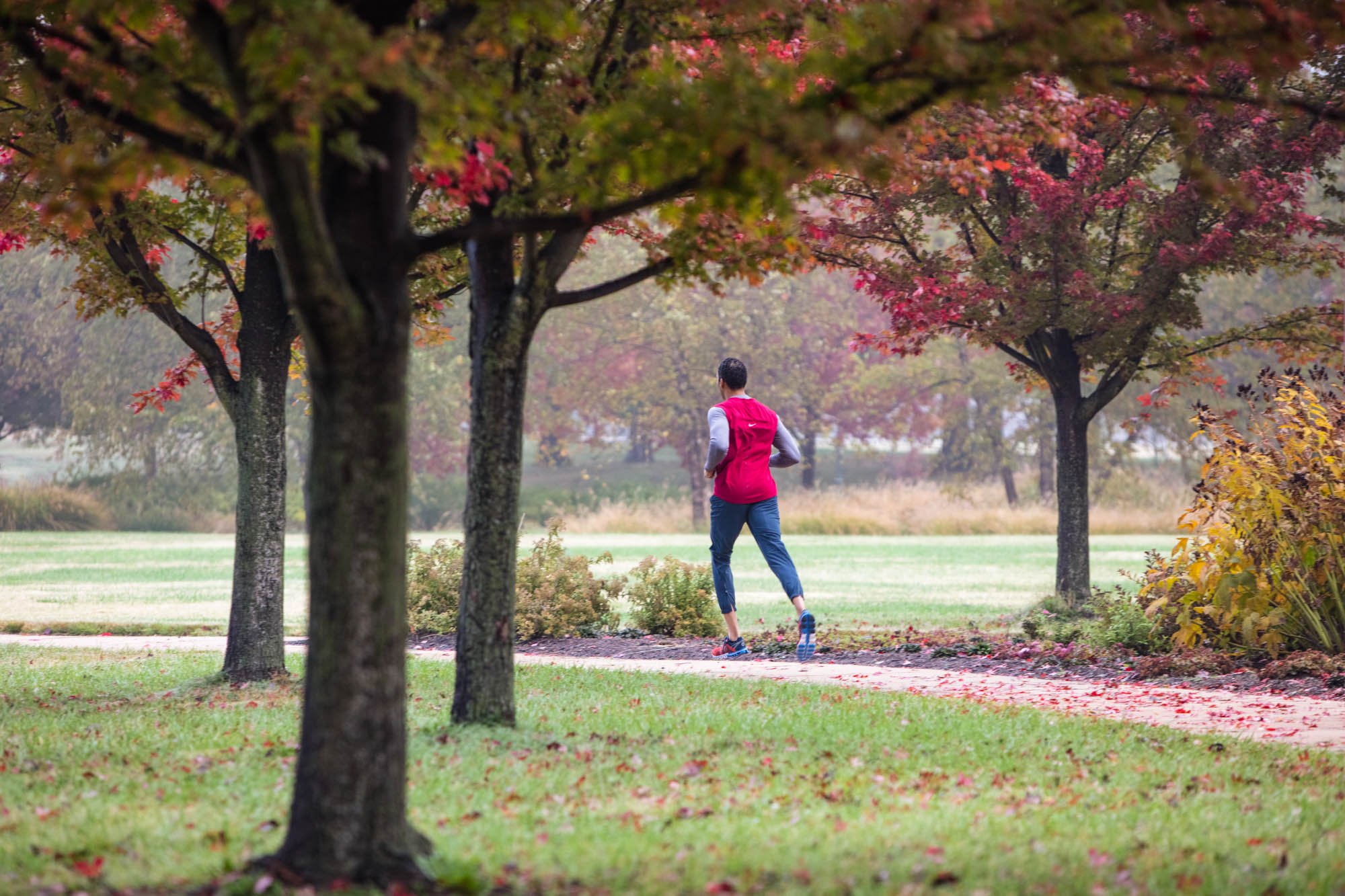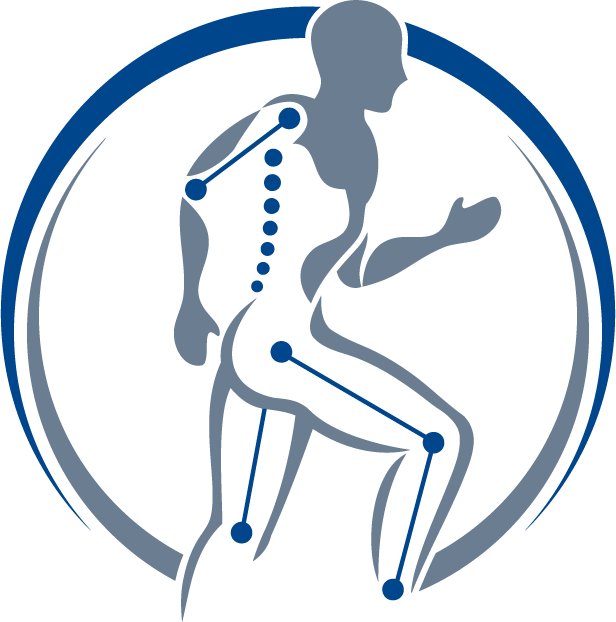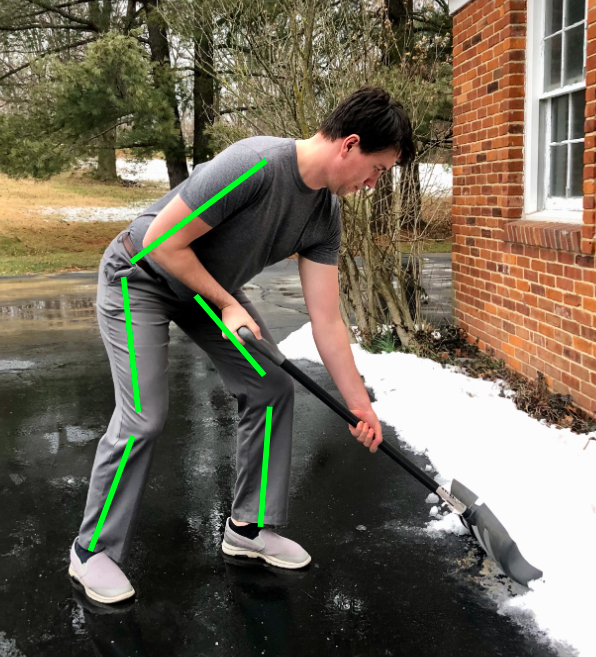
LEARN
Precision Physical Therapy Blog
One Exercise Most Parents & Grandparents Need
So, why is lifting from the floor such a challenge? It's easy to think about the leg strength required for lifting something heavy, but what about lighter objects? Many of us have heard the advice to "lift with your legs." However, as we age in our modern culture, we gradually stop squatting down to the ground. This change in behavior leads to a reduction in ankle dorsiflexion range of motion, which refers to the bend in the ankle. Over time, we lose the ability to lift objects from the ground while maintaining a stable position and without rounding our spines. Once we start rounding our spines, it becomes even more challenging to utilize our powerful gluteal muscles to lift the load, leading to an increased reliance on our back muscles. It's often not until we become grandparents that we realize we've stopped squatting altogether, having spent so many years bending at the hip and back to pick up socks from the floor.
Return to Running After Having a Baby
So, you (or someone you know and love) just had a baby and you are cleared to begin exercise at your six-week postpartum follow-up. Now what? You may feel lost or uneasy as to how to return to running, an activity that fuels you and is vital for your mental wellbeing. Maybe you have already returned to running and have concerns you want addressed. This article can provide you with a framework for safe return to running.
Can you fix slouched posture?
We all know what it looks like when we don’t stand up straight, but it’s hard to know what to do to fix slouched posture and whether it’s even important to focus on. Most people don’t realize that spine and joint pain is more often caused by bad posture than vigorous exercise. Fixing your posture can get rid of pain and make you look and feel better.
How to help your loved one shovel snow safely
All physical activities require a balance of strength, flexibility, and coordination, together they make up our movement patterns. Snow shoveling is one of those activities that require strength and coordination or it can lead to problems! Indeed what inspired me to write this blog was my husband's significantly improved snow shoveling posture following his last few years of improving his movement quality with strength training.
How Sitting Posture Impacts Movement Health
While most of the time we focus this blog on moving with good quality during fitness, it is also important to be sitting well. Poor sitting posture commonly leads to aches and pains that present themselves on a run, in fitness class, at the gym and in managing our homes. With an increased number of people working from home, navigating new work spaces and poorly fitting furniture, now is a great time to assess your sitting posture and make improvements for joint health. Today we will discuss a few of these sitting patterns that lead to movement pains, review why they matter, and postulate why they are happening.
Pure Barre: Stability While Walking
At Precision PT, one of our favorite things about Pure Barre is the emphasis on quality gluteal strengthening. The gluteal strengthening and abdominal strengthening done in Pure Barre can be consciously used to correct poor walking habits. We frequently work with patients to change their movement patterns with walking as a way to improve back, hip and knee pain. The most common problems we see with walking patterns (at the pelvis) have to do with hip drop and pelvic rotation.
Pure Barre: Knee Valgus Posture
You may have heard your pure barre instructors discuss knee posture during class, particularly during lunging positions. Knee posture is one of those areas that is a focus of fitness classes but commonly overlooked in daily life. The knee joint is a hinge joint - think about how it should open and close. While it can rotate, in general rotation of the knee creates problems. Fortunately, the knee is well studied! There are lots of research publications available on knee posture and its impact on osteoarthritis, meniscus tears, ACL tears and patellofemoral pain.
Pure Barre: How to Correct Forward Head Posture during Function and Fitness
Neck posture can be tricky to change Years of desk work and cell phone use leaves many of us with a forward head posture. When we allow our head to move into a forward position, over time the tissues in the back of the neck become short and stiff and the tissues in the front of the neck become long and weak. This imbalance can be challenging to correct.It requires a careful mix of stretching, strengthening, and coordination training in addition to unlearning the posture habits that caused it in the first place!
Pure Barre: Foot Posture Corrections
When we grow up thinking about posture, we often think of our low back and shoulders. Rarely do we consider the posture of our feet. As the base of our whole body, foot posture can impact the alignment of many joints. The arch of the foot is a shock absorption system. It should be rigid when we need stability and flatten when we absorb shock. In general, people fall into one of three foot types: pronated, neutral or supinated.
Pure Barre: Control your hip hinge with your gluteals.
There are many exercises across a Pure Barre class that require a hip hinge motion. Consider the arm (triceps and biceps) strengthening early in class, this requires the hips to move back, knees to slightly bend and the trunk to lean forward. This movement is essentially the ‘deadlift’ movement that many weight lifters train at the gym. This movement is also required for leaning over a table, cleaning the counter and brushing your teeth at the sink. Practicing a good quality hip hinge during Pure Barre will benefit you across your day in many different activities.
Pure Barre: How to Align Your Shoulders During Planks
This month I want to discuss scapular posture during front planks. Planking is one of the ways we strengthening our shoulders in Pure Barre. Strengthening an ideal shoulder alignment will allow us to hold the good posture during strenuous daily activities like lifting heavy objects and pushing heavy doors. Finding that ideal alignment can help us to prevent injuries in the future.











